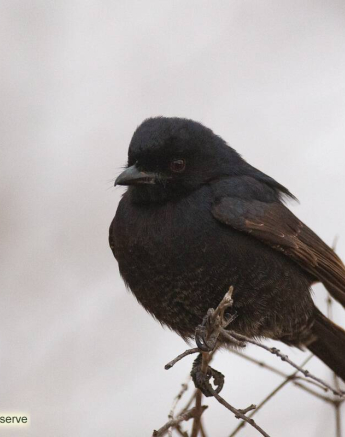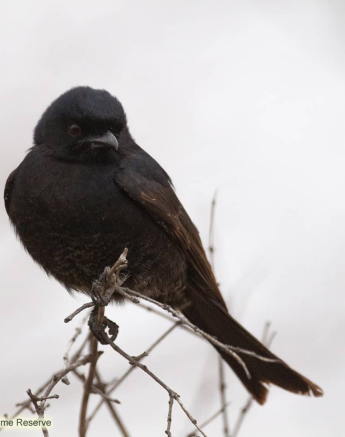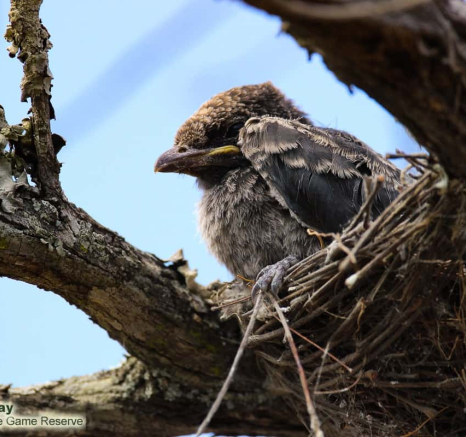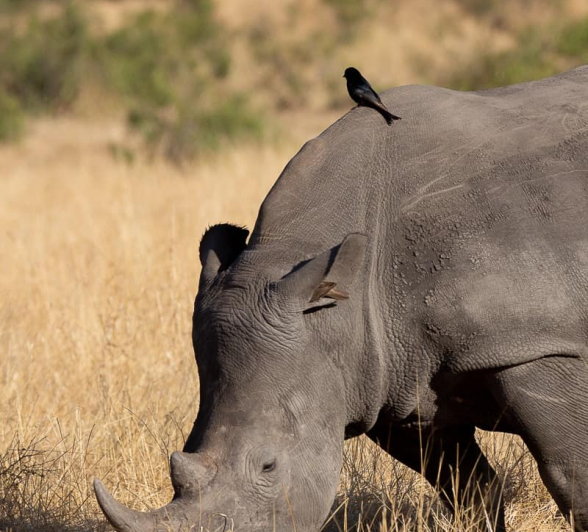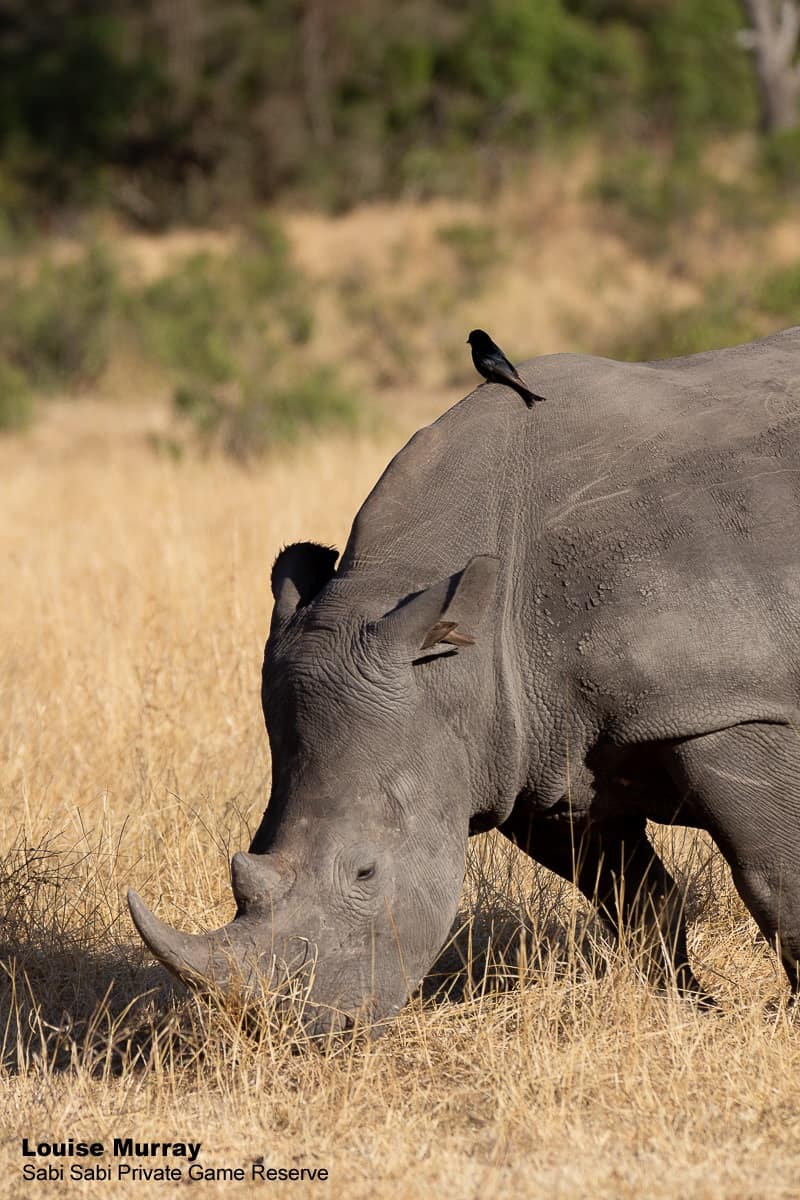Fork-tailed Drongo
on Oct 11, 2019Species name: Fork-tailed Drongo
Scientific name: Dicrurus adsimilis
Weight: 45g
Shoulder height: 25cm
General habitat: Woodland, including riverine woodland, moist and arid savanna, forest edge, grassland.
Diet: Carnivorous – Mainly insects (bees, termites, moths, crickets, caterpillars etc) but also recorded some nectar as well as day old nestlings.
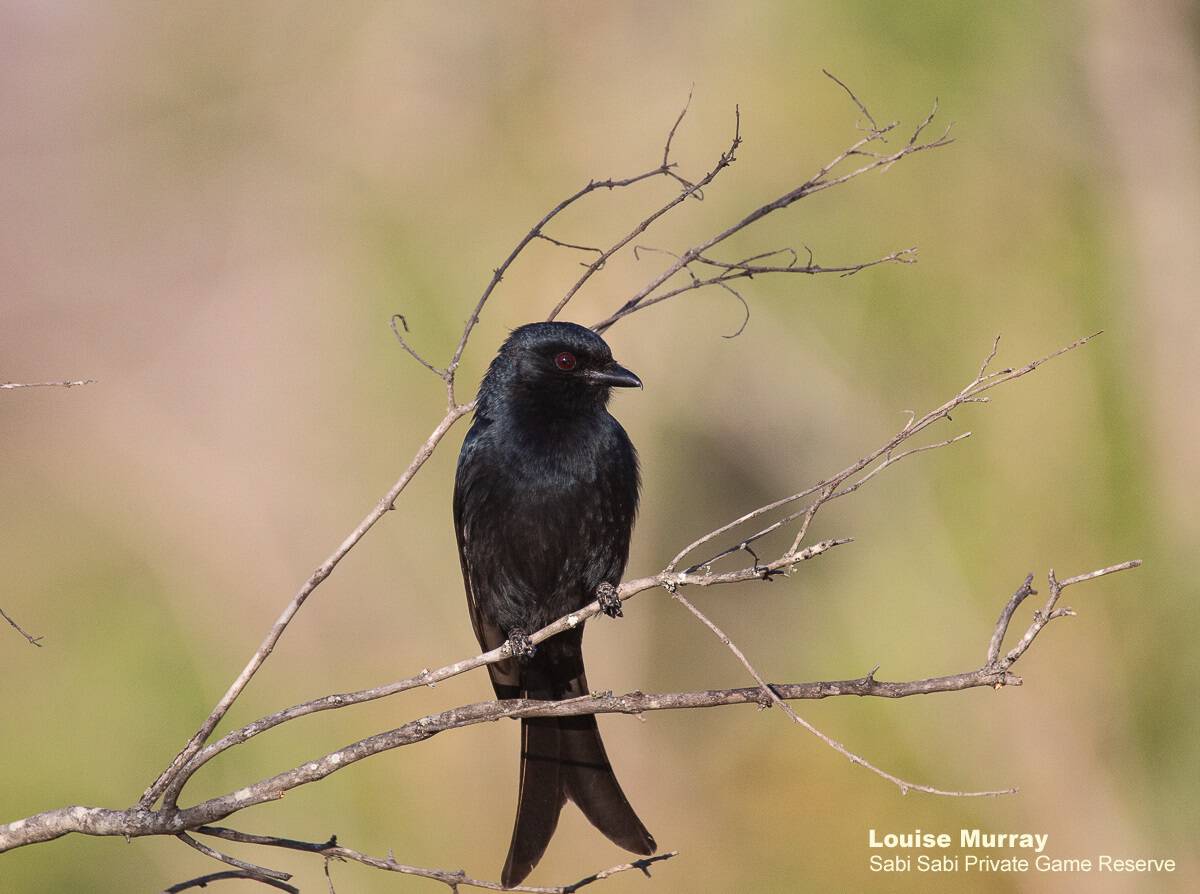
When you are out and about on your safari adventures here at Sabi Sabi, all you need to do is look around when you are stopped watching some animals and you will notice a distinctive black bird perched close by, with a fork tail and a red eye.
These little guys won’t let you down, they are at every gathering out here – why? Well, because Fork-tailed Drongos use moving animals to help them catch their prey. Once the animals move through the long grass, insects are disturbed and flushed out, making it easier for the Fork-tailed Drongo to see the flying insect and swooping down to catch them.
Fork-tailed Drongos often join mixed species of foraging flocks and you will only see these birds in the light - once the sun goes down, they call it a night.
Kleptoparasitism is a term used for Fork-tailed Drongos as they often steal prey from other birds, or from the same species. They get this right by being able to mimic calls of other birds – for example take some Dwarf Mongooses who also eat insects, the Drongo will swoop in and make a Pearl-spotted Owlet call, scaring off the mongooses who then drop their food, making it oh so easy for them to fly down and grab it.
Fork-tailed Drongos are solitary or monogamous and are territorial, showing quite a lot of aggression towards bigger birds, birds of prey as well as their same species, but during foraging you will possibly see more than one hanging around the herds.
On numerous occasions, I have noticed something a little out of the ordinary, Drongos are commonly known for perching close to the animals waiting for their meals, but on occasion when the herd is out in the wide open plains, I have seen them actually perched on top of the animal - adapting to surroundings.
Fork-tailed Drongos are the only known host of African Cuckoo and have occasionally been seen parasitised by Jacobin Cuckoo – this means that the Cuckoo lays her eggs in the Drongos nest, the eggs are usually the same size, shape and colour. The male will distract the female giving the female time to quickly lay her eggs. This will generally happen when the clutch is still incomplete, or the host will remove the already laid eggs to keep the numbers the same. Without any notice or change the Drongo will then raise the chicks as her own.
My Memorable Sighting
I always have such fun with these birds, I have on occasion had a Fork-tailed Drongo follow me on a walking safari like they would a moving herd of animals. They also follow the vehicles when we go off-road for some Big 5 sightings and stay close by and sometimes will hover less than a meter away from you. I even had one mistake my guest’s head for a perch...
Photo Content
